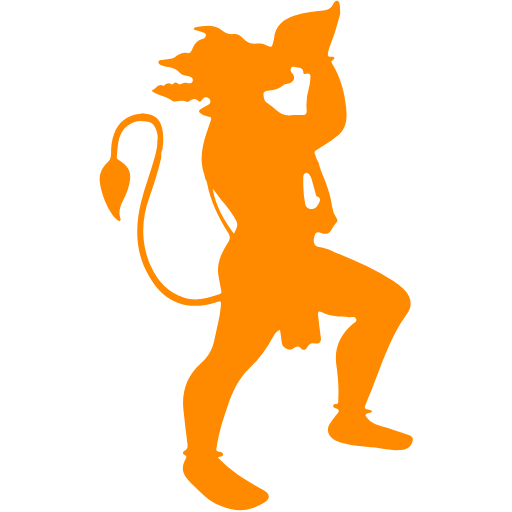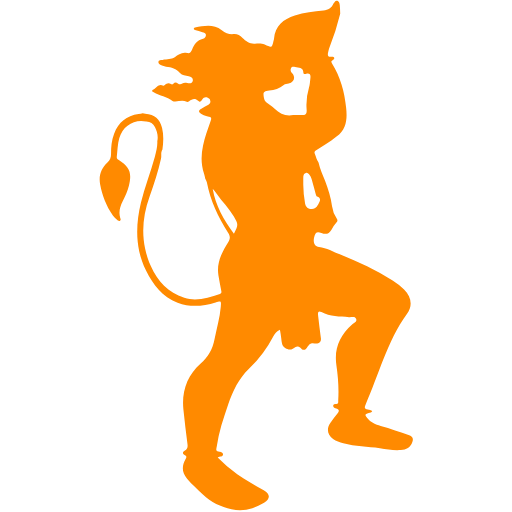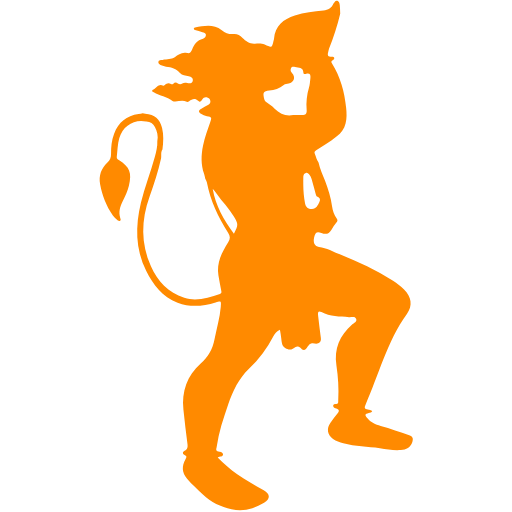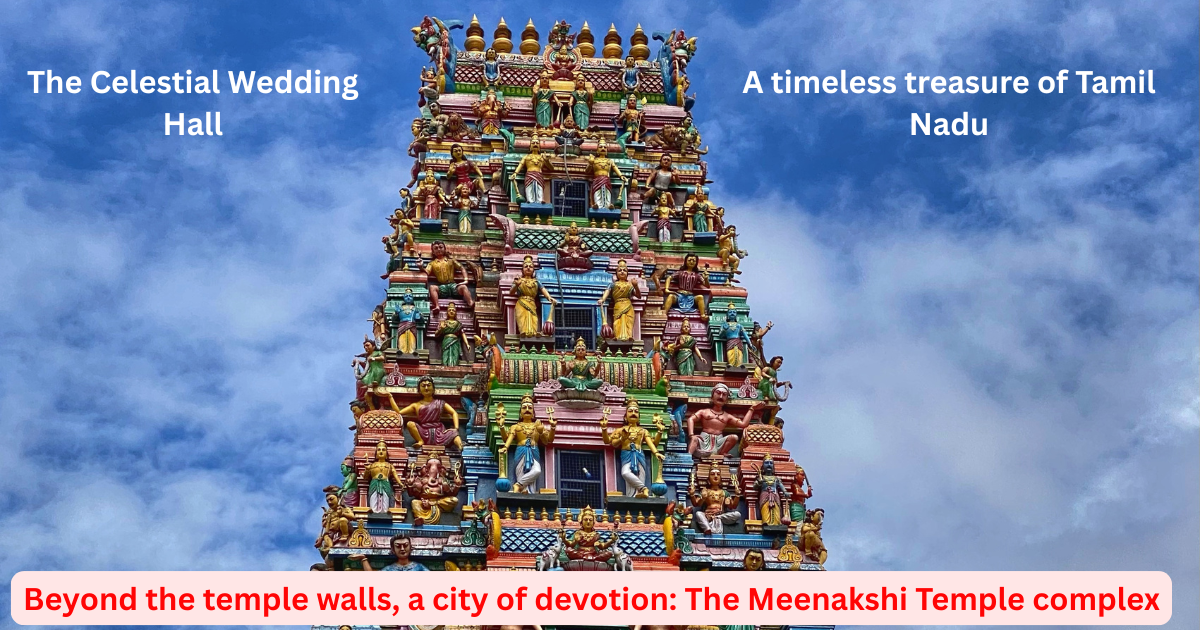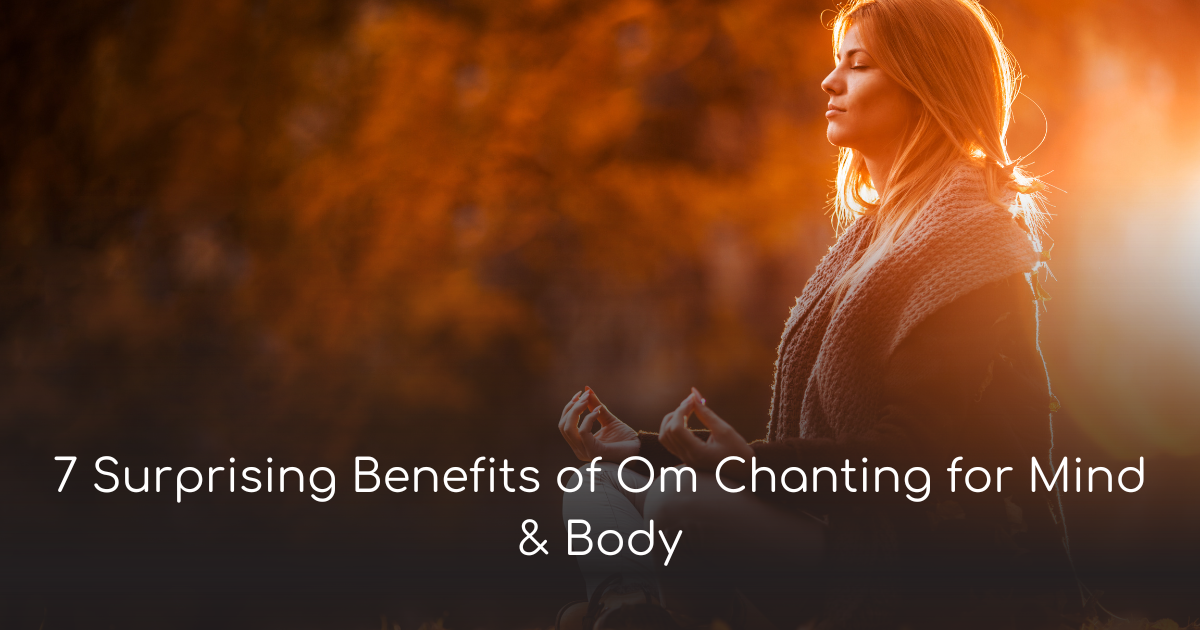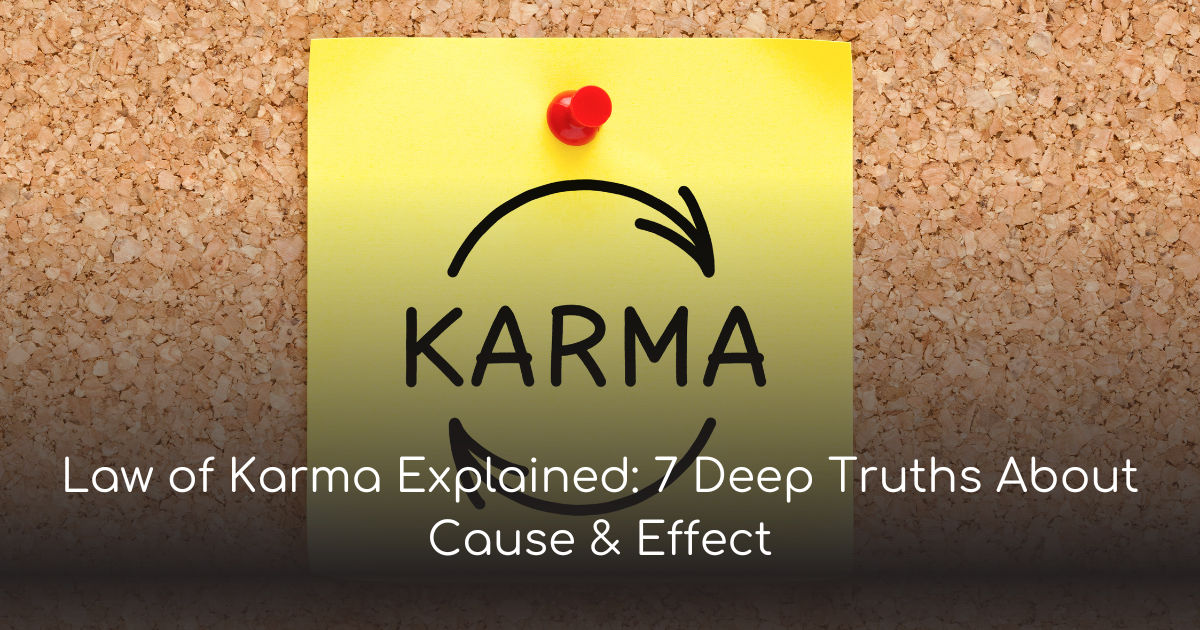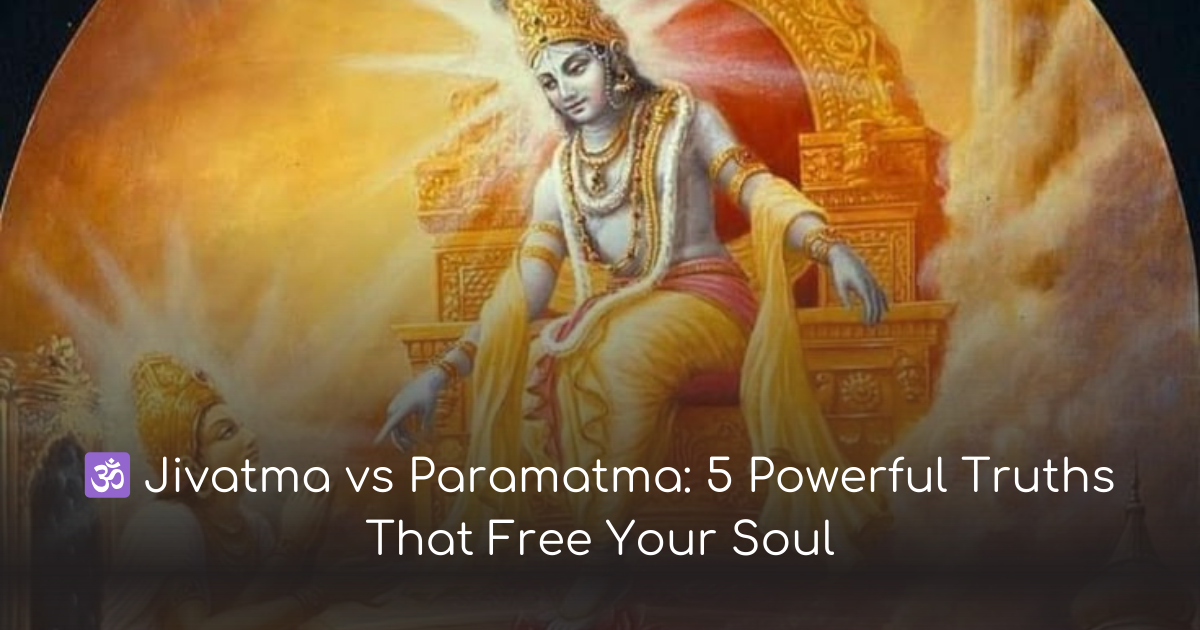what is soul 7 divine truths to understand your true self
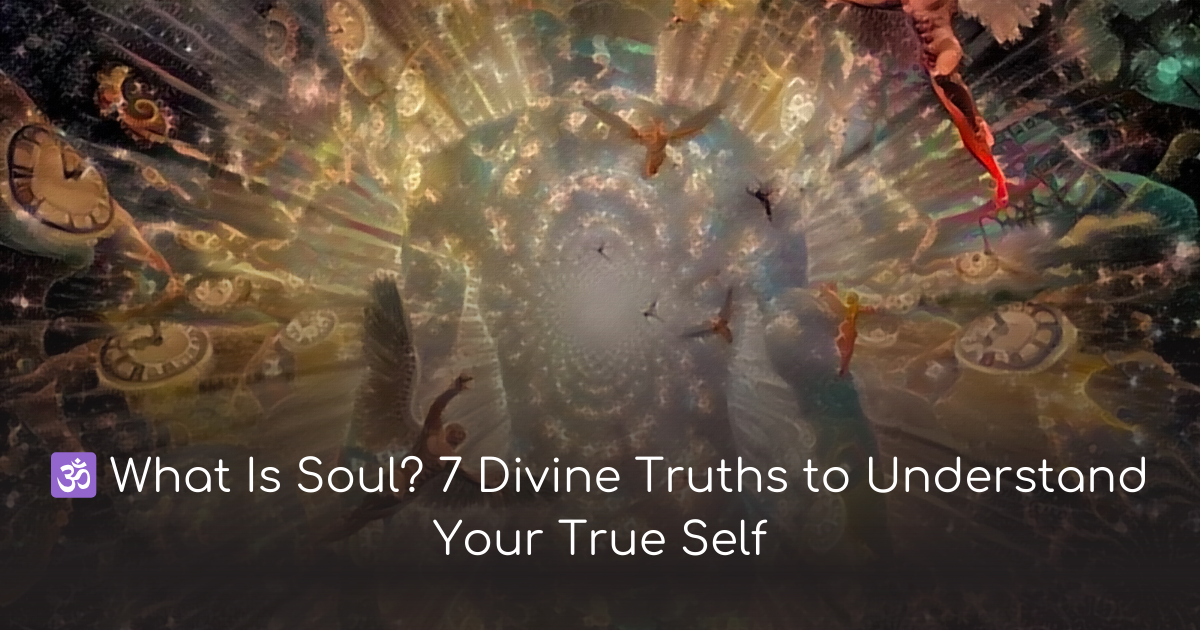
What is soul? Discover 7 divine truths about your true self from Sanatan Dharma. Understand the eternal atman beyond body, mind, and ego.
🌟 What Is Soul? 7 Divine Truths to Understand Your True Self
What is soul? This question has fascinated seekers, saints, and scientists alike. But in Sanatan Dharma, the soul — or Atman — isn’t just a concept to be debated. It is your true identity, the divine spark within you that never dies, never ages, and never changes.
While your body grows old and your mind changes with time, the soul remains untouched — eternal, infinite, and divine.
In this post, we’ll explore 7 divine truths about the soul in Hinduism, drawn from the Bhagavad Gita, Upanishads, and ancient scriptures — all explained in a clear, motivational, and heart-guiding tone.
By the end, you’ll not only understand what the soul is — you’ll feel called to rediscover it within yourself.
🌟 Truth 1 – The Soul (Atman) Is Eternal and Indestructible
The Bhagavad Gita says:
“Weapons cannot cut it, fire cannot burn it, water cannot wet it, and wind cannot dry it. The soul is eternal, all-pervading, unchanging, and immovable.”
– Bhagavad Gita 2.23–24
This is the essence of what the soul truly is — indestructible and untouched by the physical world.
🧘 What does this mean for you?
No matter what pain you go through…
No matter what failures, losses, or identity crises you experience…
At your core, you are the unchanging witness of it all.
-
The body is born, the soul is not.
-
The body dies, the soul moves on.
-
The body is matter, the soul is pure consciousness.
The Atman is like the sky — clouds (emotions), storms (struggles), and sunshine (joys) come and go, but the sky remains untouched.
🕯️ Understanding the eternity of your soul frees you from the fear of death, change, and loss.
🧘 Truth 2 – Soul and Body Are Different Vehicles
You are not your body. You are not your name, age, gender, or nationality. You are the soul using the body — just like a driver uses a car.
This is beautifully described in the Katha Upanishad:
“The body is the chariot, the intellect is the driver, the mind is the reins, and the soul is the one who rides in the chariot.”
🚗 Analogy: Soul = Driver, Body = Car
-
The car may be scratched or dented — but the driver remains safe
-
The car can be changed — but the driver continues his journey
-
Similarly, the soul leaves one body and takes another, lifetime after lifetime
This is the essence of rebirth in Hinduism.
The soul carries its karma and desires with it, just as a traveler carries luggage across stations.
💡 Realizing you’re the soul helps you detach from body-related worries like:
-
Aging
-
Physical appearance
-
Disease
-
Death
You care for the body, but you don’t identify with it.
🔮 Truth 3 – Soul Is Pure Consciousness, Not Mind or Thoughts
Many people confuse the mind with the soul. But the truth is — the mind is a tool, the soul is the user.
Thoughts are not who you are. They are waves in the ocean of your consciousness.
The Taittiriya Upanishad explains the five layers of existence (Pancha Koshas):
-
Annamaya kosha – Physical body
-
Pranamaya kosha – Vital energy
-
Manomaya kosha – Mind and thoughts
-
Vijnanamaya kosha – Intellect and discernment
-
Anandamaya kosha – The blissful Self (Soul/Atman)
Only when you go beyond the mind, thoughts, and identity — do you touch the soul.
“I am not the mind. I am not the body. I am not even the intellect. I am the pure Atman, the eternal witness.”
– Nirvana Shatakam by Adi Shankaracharya
Signs you’re stuck in the mind (not soul):
-
Overthinking
-
Anxiety about future or regret about past
-
Emotional reactions, mood swings
-
Confusion and attachment
Signs you’re connecting to your soul:
-
Stillness and clarity
-
Deep inner peace
-
Compassion without judgment
-
Silence feels nourishing
🧘 Meditation, mantra chanting, and deep breathwork help you shift from mind to soul.
💫 Truth 4 – Soul Is Connected to Paramatma (Divine Source)
The soul is not separate. It is a spark of the Divine, just as a wave is not separate from the ocean.
In Sanatan Dharma:
-
Jivatma = individual soul
-
Paramatma = supreme soul (God)
-
Their essence is the same
The Chandogya Upanishad says:
“Tat Tvam Asi” – “You are That.”
This means: You are not apart from God. You are God in a drop. You are a reflection of Brahman.
☀️ Analogy: The Sun and Its Rays
-
The Sun = Paramatma
-
Each Ray = Jivatma
-
Even though the ray appears small and distant, its source is the Sun itself
In Bhakti Yoga, this truth becomes an emotional connection:
-
God is your soul’s origin
-
Through love, surrender, and mantra, you reunite with Him
-
Your deepest longing is for oneness with Paramatma
💡 Realizing this truth gives you unshakable faith. No matter how far you wander, your source is always within you.
👉 In the next section, we’ll explore:
-
🔁 How karma impacts the soul’s journey across lives
-
🔍 Signs of soul awakening in your daily life
-
🌼 The highest realization — you are not just seeking the soul, you ARE the soul
-
🙏 A powerful conclusion and guidance for spiritual growth
🔁 Truth 5 – Soul and Karma: The Journey Across Lifetimes
What is soul without karma? In Sanatan Dharma, the soul’s journey cannot be understood without acknowledging the law of karma.
The soul (Atman) carries with it:
-
Vasanas – subconscious impressions
-
Karmas – actions and their consequences
-
Desires – which drive it to take birth again and again
“Just as a man casts off worn-out garments and puts on new ones, so does the soul cast off the body and take on a new one.”
– Bhagavad Gita 2.22
🧩 The Three Types of Karma:
-
Sanchita Karma – The total accumulated karma across lifetimes
-
Prarabdha Karma – The portion being experienced in this life
-
Agami Karma – The karma you’re creating right now, through thoughts, speech, and actions
These karmas influence:
-
Your family, health, opportunities
-
Your challenges and inner tendencies
-
Even your spiritual inclinations
💡 But here’s the liberating truth: Karma can be transformed.
Through awareness, dharma, seva, japa, and surrender, you can burn negative karma and purify your soul’s journey.
🔍 Truth 6 – Self-Realization Is Knowing the Soul Within
So how do you know you’re connecting to the soul?
When you begin to awaken, you’ll notice subtle yet powerful shifts in your life.
🧘 Signs of Soul Awakening:
-
You feel less identified with your body, mind, and ego
-
You observe emotions instead of being ruled by them
-
You feel drawn to truth, simplicity, silence, and dharma
-
Material desires lose their charm
-
You sense a deep inner peace even in chaos
-
You treat others with kindness, knowing their soul is one with yours
This is called Atma Bodha – the knowledge of the Self.
“When the soul awakens, the world appears as a mirror of divinity.”
Awakening doesn’t mean leaving the world. It means living in the world with the awareness of the eternal soul within.
🌼 Truth 7 – You Are Not the Seeker, You Are the Soul Itself
Most people live their entire lives seeking God, peace, happiness, and fulfillment — without realizing that all of it already exists within them.
You are not the one searching for the soul — you ARE the soul.
The Brihadaranyaka Upanishad says:
“Aham Brahmasmi” – “I am Brahman.”
This is the highest realization in Advaita Vedanta — that your Atman and Brahman are not two.
There is no separation. Only illusion (Maya) makes it appear so.
When this veil is lifted through:
-
Meditation
-
Mantra
-
Surrender
-
Guru’s grace
-
Self-inquiry
…you discover your true divine nature.
💡 In that moment, there is no more fear, no more seeking.
Only silence. Awareness. Bliss.
🙏 Conclusion – Know the Soul, Free the Self
Now that we’ve explored what is soul, here’s the essence:
You are not your pain, past, personality, or profession.
You are the eternal Atman — untouched by time, beyond death, infinite in wisdom, and divine in essence.
Yes, life has its ups and downs. But when you remember who you really are, nothing can shake you. You live not as the doer, but as the witness, the presence, the divine spark behind all change.
You are not here to become something.
You are here to remember what you already are.
“The soul is the only truth. Everything else is the play of illusion.”
🌿 Ready to reconnect with your soul and awaken your divine self?
📿 Begin by sitting in silence for 10 minutes a day. Watch your breath. Watch your thoughts. And slowly, watch yourself returning home.
📖 Explore more teachings on karma, dharma, soul, and moksha at SanatanYug.com
Your soul has always been calling.
Now is the time to answer. 🕉️
❓ FAQs – Understanding the Soul
1. What is the soul according to Hinduism?
The soul, or Atman, is your true self — eternal, pure consciousness, and divine. It is untouched by death, change, or time.
2. Is the soul different from the body and mind?
Yes. The body is temporary, and the mind is a tool. The soul is the eternal witness, the core of your being beyond thought or form.
3. Does the soul take rebirth?
Yes. According to the law of karma, the soul takes new bodies to fulfill karmic debts and desires until liberation is achieved.
4. How can I connect with my soul?
Through meditation, mantra, silence, selfless service, reading scriptures, and surrender to God — all help you realize your soul.
5. What is the final goal of the soul?
To remember its oneness with Brahman (the Supreme). This is called Moksha — freedom from rebirth and complete realization of your divine self.
